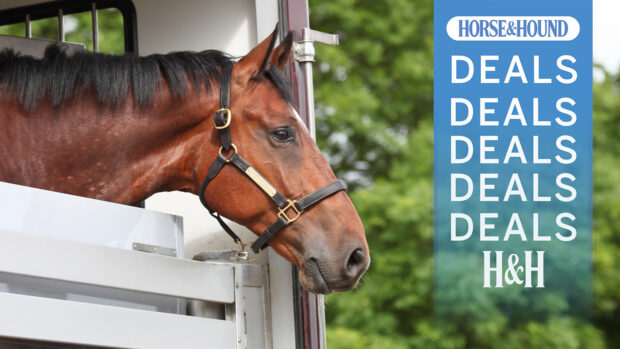Q: I am looking to replace my old lorry. I cannot afford to buy a new top-spec lorry so am having one built, but I am unsure which direction the horses should face — I’ve heard
different things from different people.
Some say horses are better not travelling in the herringbone position but, if this is the case, why are most lorries made to travel horses this way? It will be a two-horse lorry with a side ramp.
RG, Bristol
MICHELLE Rothwell, owner of Sussex-based transport company hoofmove, says this is a much-debated subject.
“I have tried various vehicles in my search for the safest and best way to transport horses,” she says.
“I found that horses travel best facing backwards, which is why we use Theault horseboxes, which have two rear-facing stalls.”
Her findings are backed up by research done by Dr Natalie K Waran at the University of Edinburgh on the Effects of transporting horses facing either forwards or backwards on their behaviour and heart-rate, which was published in the Veterinary Record in 1996.
“The most indicative finding is that the average heart-rate was significantly lower when horses travelled facing backwards,” says Michelle.
“They move around less, vocalise less and tend to hold their heads in a lower, more normal position. In this position there is less pressure on the fragile head and chest.”
Jane Gillie from Borders-based Eric Gillie Horse Transport, assisted in the research done by Dr Waran, and has 34 years’ experience of shipping horses.
“Initially, we give all our horses the choice of facing forwards, straight across or herringbone,” she says.
“Each horse needs to find its balance, but as long as you give them plenty of room, drive well and don’t leave them in the box too long, they shouldn’t travel badly.”
Her advice for buying a new horsebox is first to find out in which direction your horse prefers to travel by taking out the partitions for a short distance, and buy accordingly — preferably a vehicle that allows you to move the partitions around.
“I would say nine out of 10 of our horses prefer to stand herringbone than forward-facing,” she says. “The reason you see so many rubbed tails when you travel them forward-facing is because they use their back ends to balance, when they should be using their head and necks.”
Nicola Mellor from horsebox manufacturers Equi-Trek is also an advocate of rear-facing travel.
“Research in both the UK and America has proven that horses that face away from the direction of travel arrive at their destination more relaxed and less stressed that those that travel forwards,” she says.
Information
hoofmove Tel: 08450 620088 www.hoofmove.co.uk
Eric Gillie Tel: 01573 430252 www.ericgillie.co.uk
Equi-Trek Tel: 01484 662912 www.equi-trek.com
This Q&A was first published in Horse & Hound (6 March, ’08)


